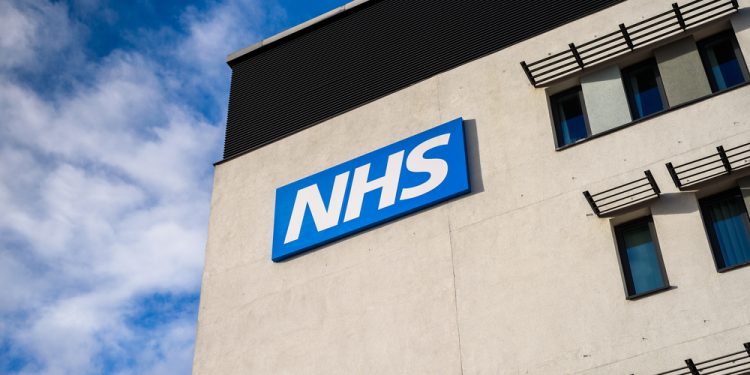The NHS waiting list continued to decline, falling to 7.40 million people in January 2025, according to the latest data from NHS England.
The latest data revealed 7,402,148 people were on the waiting list in February, down from 7,428,309 people in January.
The number of referral to treatment (RTT) pathways where a patient was waiting to start treatment at the end of February 2025 was 7.4 million. As some patients are on multiple pathways, the number of unique patients was estimated to be around 6.2 million.
Of the 7.4 million, in 193,516 cases the patient was waiting more than a year, in 13,223 cases they were waiting more than 65 weeks, in 1,691 cases they were waiting more than 78 weeks, and in 161 cases they were waiting more than two years.
In 59.2% of cases the patient had been waiting up to 18 weeks, so not meeting the 92% standard.
During February 2025, 1,688,087 new RTT pathways were started and 310,271 pathways were completed as a result of admitted treatment and 1,147,315 were completed in other ways (non-admitted).
For those pathways where the patient was awaiting the start of treatment at the end of February 2025, the median waiting time was 14.2 weeks. The 92nd percentile waiting time was 42.2 weeks.
Passed the worst of winter
Danielle Jefferies, senior analyst at The King’s Fund, said: “These figures show an NHS which has passed the worst of winter when hospitalisations from flu were at their peak and people were waiting over two days in A&E.
“However, while spring is dawning, today’s figures show that challenges accessing hospital care remain, with 94% of hospital beds occupied, 61% of people waiting under four hours in A&E when the target is 95%, and the average ambulance response time to life-threatening conditions such as strokes and heart attacks was over 28 minutes when the target is 18 minutes.
“The silver lining to these otherwise gloomy numbers is that for the sixth month in a row, the overall size of the waiting list for planned care fell, now standing at 7.4 million, down from 7.6 million in August last year, and there have been improvements to performance in cancer care.
“These statistics show an NHS under pressure all year round, and the public are well aware of it.”
Jefferies added that analysis published this month by The King’s Fund and the Nuffield Trust showed that satisfaction with the NHS was at an all-time low.
She noted that any direct improvements to hospital services will need to come hand-in-hand with the broader reforms needed to create a truly sustainable health service, including reforming social care, preventing ill health and bolstering community services outside hospitals.
Using all capacity
David Hare, chief executive of the Independent Healthcare Providers Network (IHPN), said: “Today’s figures show that while overall NHS waiting lists are continuing to fall by around 135,000 a year, this is far short of the one million-plus drop that NHS England itself has said it needs to achieve if the 18 week target is to be met once again by the end of this Parliament.
“To achieve that target the health service will need to ensure it makes full use of all available capacity and capability, including in the independent sector where providers are already helping over 1.5 million patients a year to get the treatment they need and off an NHS waiting list.
“IHPN will continue to work with the NHS and government to ensure the principles contained in the recent NHS and independent sector partnership agreement launched by the prime minister are fully embedded – enabling patients to have a greater choice over their care so they can get the treatment they need, when they need it.”
Offering hope
Brett Hill, head of health and protection at independent consultancy Broadstone, said: “Today’s data offers some hope to long suffering patients that NHS waiting lists may finally be moving in the right direction. A sixth consecutive monthly fall shows steady progress in slowly reducing the backlog, but the road to recovery remains long one.
“At 7.40 million, waiting lists are still up more than 60% compared to February 2020 – and it’s important to remember that those pre-pandemic waiting lists were already at a historic high, following eight years of steady increases between 2012 and 2020. When it comes to NHS performance we are now in a ‘less bad’ situation, but still a long way from being in a good one.
“The long-term pressure on the NHS is driving a shift in how employers think about healthcare. With poor workforce health continuing to adversely impact sickness-absence, productivity and employment levels, many employers are now offering enhanced healthcare benefits to ensure their people can access timely care.
“Preventative healthcare options – such as health screenings and early intervention services – are becoming popular as a cost-effective way to manage the impact of ill health and support workforce wellbeing, rather than just relying on traditional healthcare benefits to fund the costs of treating employees once they become ill.”






